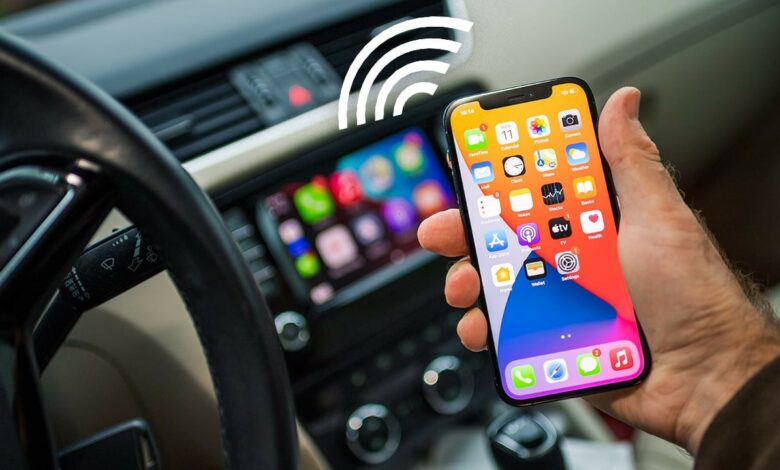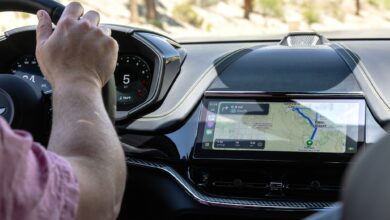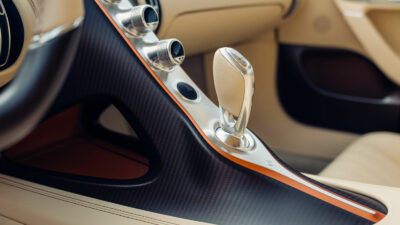
Wireless CarPlay vs Built-In Infotainment: What Works Best?”
When you slide into a modern car, chances are you’re greeted by a high-resolution screen. But what’s powering that display? For most drivers, it comes down to two options: wireless Apple CarPlay/Android Auto, or the carmaker’s own built-in infotainment system. Both have their pros, but which one truly delivers the best experience?
Let’s start with wireless CarPlay and Android Auto. These systems mirror your smartphone onto your vehicle’s screen — letting you access navigation, music, calls, and messages without plugging in. No cables, no fuss. It’s seamless, familiar, and constantly updated thanks to your phone’s OS. You already know how to use Spotify, Google Maps, or Apple Music — so why relearn it in your car?
But it’s not perfect. Wireless connections can sometimes lag, especially with older phones or weaker in-car Wi-Fi. And if your phone battery dies, your infotainment system goes with it. Still, for many drivers, it’s the ultimate in convenience.
On the other hand, built-in infotainment systems are becoming smarter and sharper. Brands like Mercedes (MBUX), BMW (iDrive), and Volvo (Google-powered OS) now offer native systems with voice assistants, real-time traffic, integrated climate controls, and even streaming apps — all without needing your phone. These systems are deeply integrated into the car, offering more control over vehicle settings and often better screen resolution.
Where built-in systems shine is in hardware optimization. They’re designed to fit the car’s layout, respond faster to touch, and often include features like ambient lighting control or 360° camera feeds — things smartphone mirroring can’t touch.
So what’s best? It depends on what you value.
If you want simplicity and phone-based familiarity, wireless CarPlay or Android Auto is your go-to. But if you’re after deeper integration, more features, and native speed, a well-designed built-in system may win you over.






